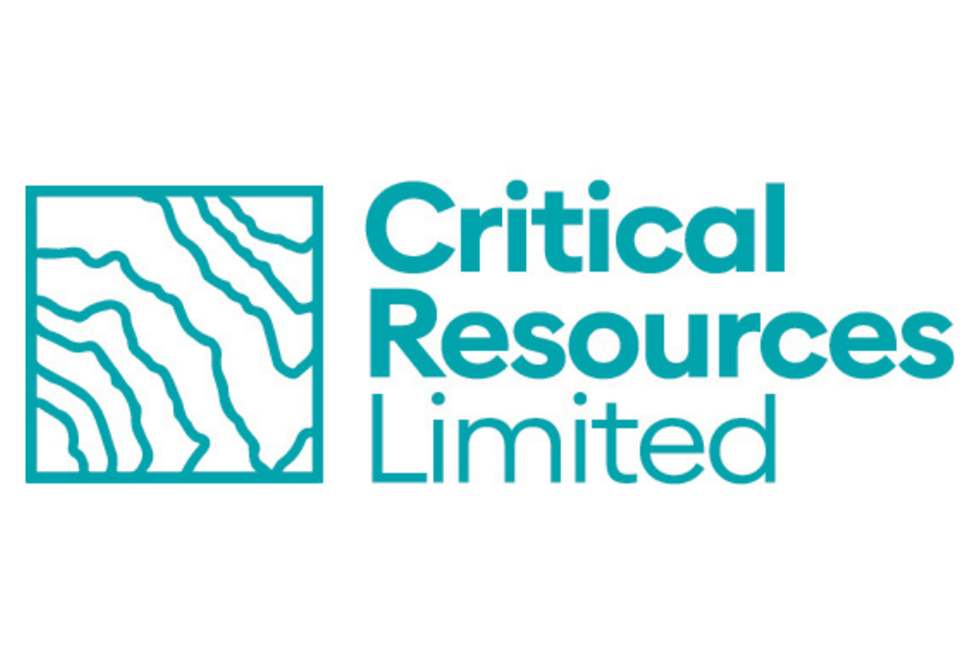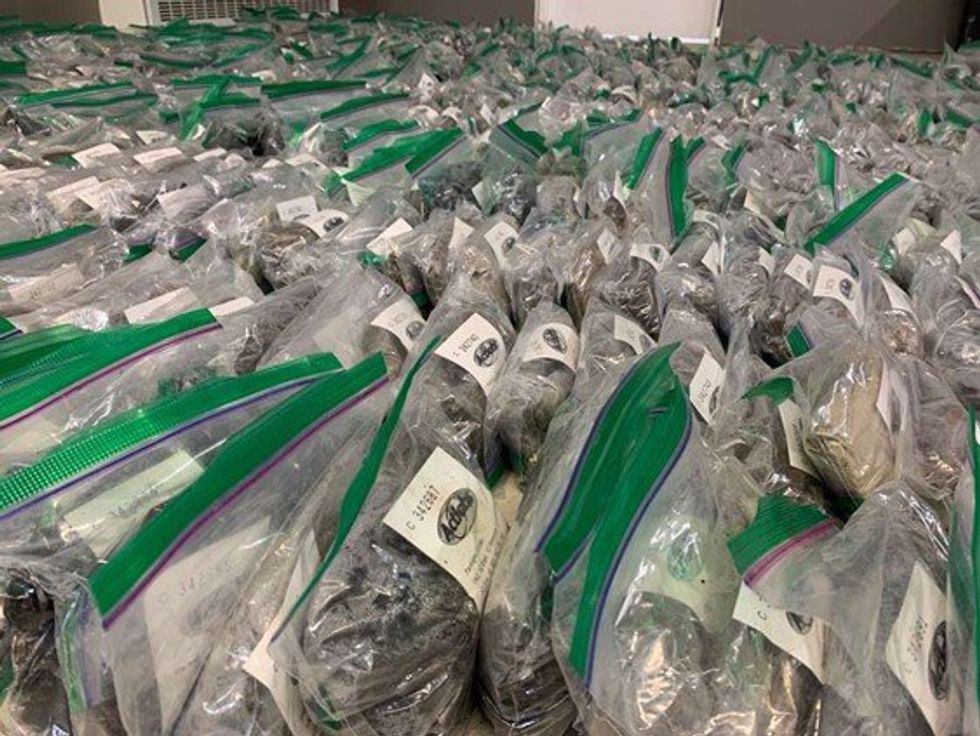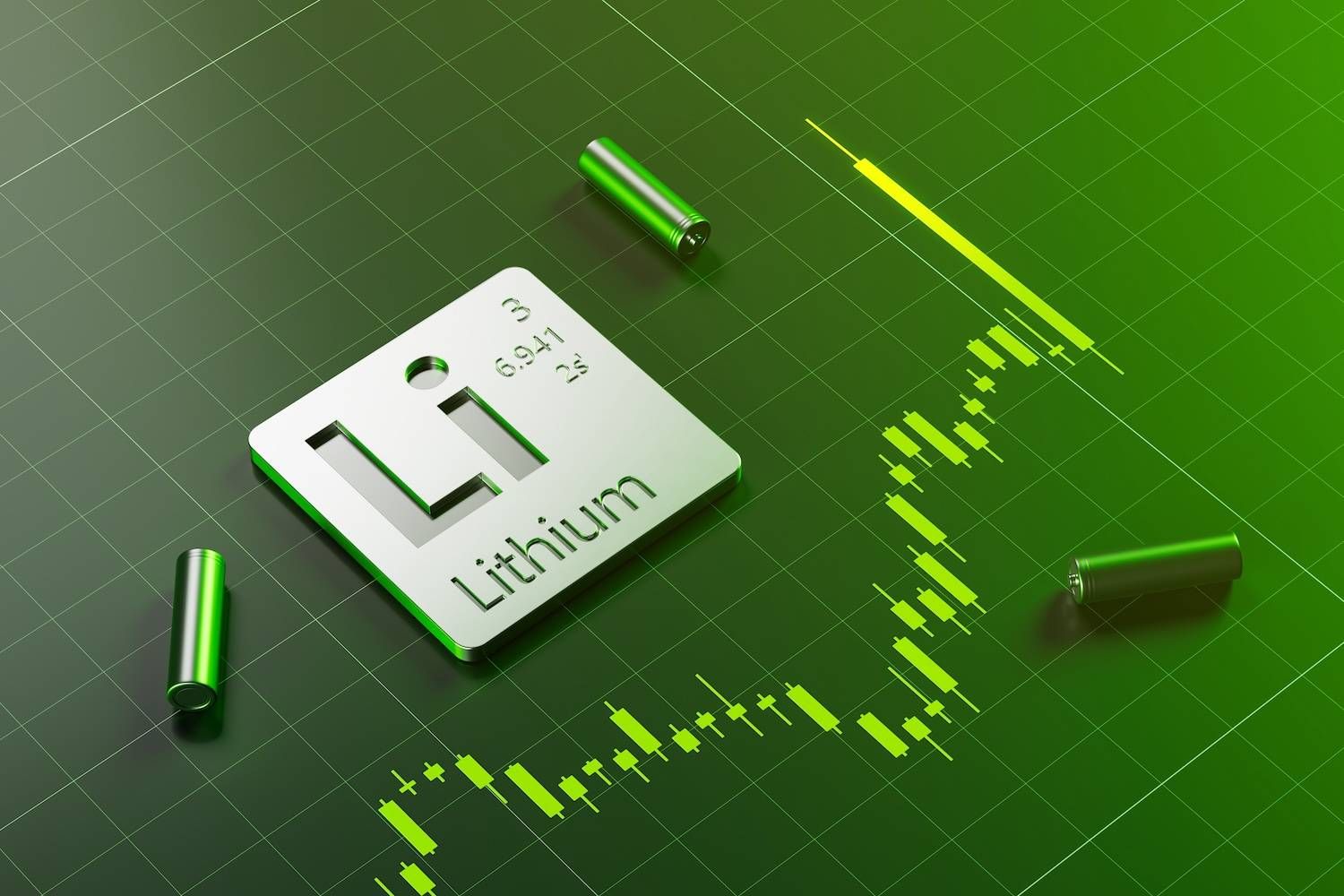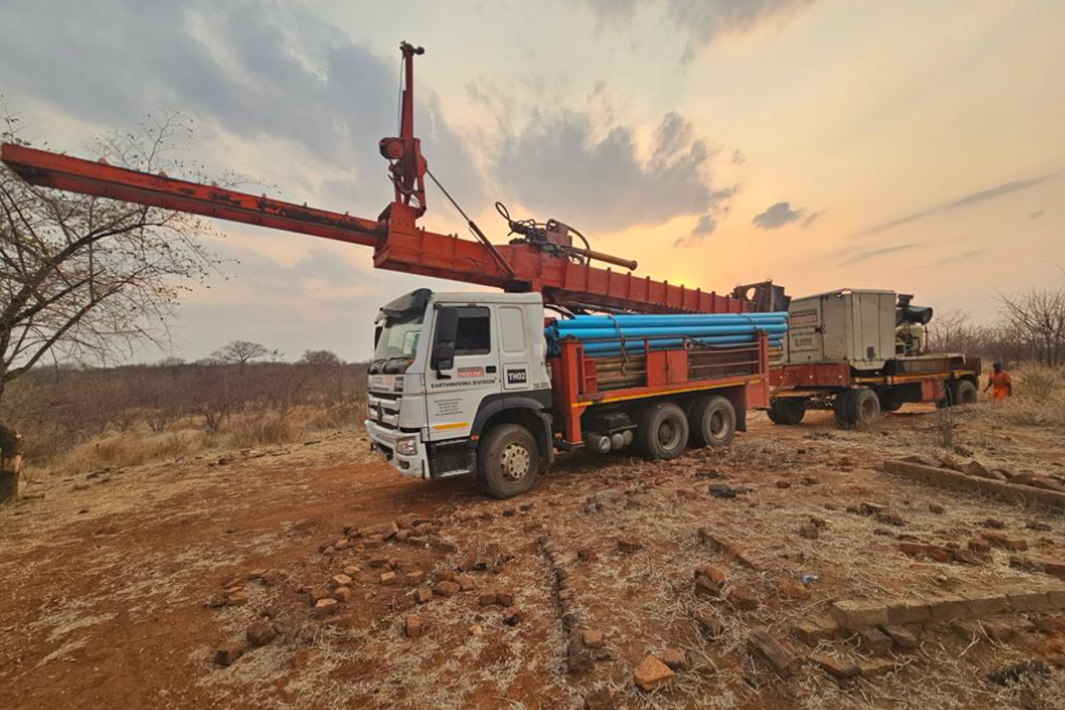
November 01, 2023
Lithium exploration and project developer Critical Resources Limited (ASX:CRR) (“Critical Resources” or “the Company”) is pleased to report highly encouraging workstreams underway over the northern prospects at its flagship 100%-owned Mavis Lake Lithium Project in Ontario, Canada.
Highlights
- Multiple exploration techniques being deployed to refine future drill targets surrounding the large spodumene-bearing outcrops in the northern prospects of the Mavis Lake Project Area (Gullwing and Tot).
- Comprehensive Mobile Metal Ion (MMI) soils program completed by CRR field crews, with 1,356 soil samples collected proximal to the outcropping Tot Pegmatite.
- UAV-Borne Magnetometry Survey commenced flying in late October, at low elevation, with tight 25m line spacing to deliver granular detail for structural delineation.
- Capture of LiDAR survey and orthometric imagery completed with data analysis ongoing.
- District-scale potential highlighted with up to 8km in length of known LCT-Type pegmatite clusters identified.
- Active drilling program continues to test and extend the significant Swell Zone at Mavis Lake.
High-Confidence Target Development
Since acquiring the Gullwing and Tot properties in late 2022, the Company has been diligently developing and refining drill targets around this large-scale prospect. Fieldwork has continued during the month of October, following on from successful highly encouraging litho-geochemical results from the earlier 2023 spring field program and taking advantage of the final fieldwork window before snowfall sets in.
Combining and layering multiple exploration techniques and outputs – including geological mapping, litho-geochemical sampling as well as LiDAR and airborne-magnetometry surveys – will help to refine higher-confidence drill targets around the already known large-scale spodumene- bearing outcrops.
The results of the current programs are pending and will be used to produce geological, geochemical and geophysical overlays, which in combination with previous field work programs, will be extremely useful to determine high priority, high-confidence drill targets.
Mobile Metal Ion (MMI) Soil Survey
An MMI survey was chosen to be carried out as it has a track record of success with identifying LCT pegmatite deposits, specifically when overlain by the glacial lacustrine overburden.
The Company engaged highly-credentialed lithium exploration company Coast Mountain Geological Ltd. to provide field personnel and equipment for the MMI program, which was completed over a two week period.
The MMI orientation survey consisted of 1,356 glacial lacustrine overburden samples being collected. A depth of 40-50cm below the organic-horizon was targeted, with each sample weighing approximately 300g.
Samples have been shipped from Critical Resource’s Dryden Core Facility to an SGS Laboratory located in Burnaby, British Columbia, Canada. A 53 element Standard package – Mobile Metal Ion (MMI) leach, ICPMS will be conducted on the samples with results expected in 6-8 weeks.

UAV Magnetometry
Critical Resources also scheduled a UAV-Magnetometry survey, at a tight 25m line spacing with 250m tie lines pattern, to be flown at low altitude across the entirety of the prospective LCT-Type pegmatite corridor of the Gullwing and Tot Prospects (see Figure 2).
The survey commenced in late October and is expected to conclude in early November with results expected in December 23/January 24.
Click here for the full ASX Release
This article includes content from Critical Resources, licensed for the purpose of publishing on Investing News Australia. This article does not constitute financial product advice. It is your responsibility to perform proper due diligence before acting upon any information provided here. Please refer to our full disclaimer here.
CRR:AU
The Conversation (0)
21 June 2022
Critical Resources
High-grade Lithium Portfolio, in a Tier 1 Location, Aligned with the World’s Green Energy Transition
High-grade Lithium Portfolio, in a Tier 1 Location, Aligned with the World’s Green Energy Transition Keep Reading...
16h
SQM, Codelco Seal Landmark Lithium Joint Venture in Salar de Atacama
Sociedad Quimica y Minera (SQM) (NYSE:SQM) and Codelco have finalized their long-awaited partnership, forming a new joint venture that will oversee lithium production in Chile’s Salar de Atacama through 2060.SQM announced on Saturday (December 27) that it has completed its strategic partnership... Keep Reading...
24 December
Altius Minerals to Expand Portfolio with C$520 Million Lithium Royalty Deal
Altius Minerals (TSX:ALS,OTCQX:ATUSF) is making a bet on a lithium market recovery, agreeing to acquire Lithium Royalty (TSX:LIRC) in a C$520 million deal that will expand its exposure to battery metals.Under a definitive agreement announced by the two companies on Monday (December 22), Altius... Keep Reading...
23 December
Liontown's First Tjiwarl Member Completes Apprenticeship at Kathleen Valley
Liontown (ASX:LTR,OTC Pink:LINRF) has reached a milestone at its Kathleen Valley operations, with Vaughan Harris becoming the first Tjiwarl community member to complete an apprenticeship with the company.“Being the first Tjiwarl apprentice to complete an apprenticeship here at Liontown feels... Keep Reading...
22 December
Lithium Market 2025 Year-End Review
The global lithium market endured a bruising 2025, with persistent oversupply and softer-than-expected electric vehicle (EV) demand driving prices for the battery metal to multi-year lows.Lithium carbonate prices in North Asia slipped below US$9,550 per metric ton in February — their weakest... Keep Reading...
11 December
Mining the Gap: 5 Forces Shaping North America’s Lithium Supply Chain
A convergence of industry investments, government initiatives and a shifting global trade dynamic is creating an environment ripe for the development of a North American battery supply chain, with lithium playing a leading role. These trends are reshaping the region’s industrial base and opening... Keep Reading...
10 December
Rock Bottom: Strategic Window for Ground-level Lithium Investment
When lithium prices hit bottom, savvy investors know that’s exactly where the next big discovery begins — literally. Beneath the surface of global markets and remote exploration grounds, new opportunities are forming in the wake of a sharp price reset and renewed geopolitical urgency.Recent... Keep Reading...
Latest News
Interactive Chart
Latest Press Releases
Related News
TOP STOCKS
American Battery4.030.24
Aion Therapeutic0.10-0.01
Cybin Corp2.140.00






